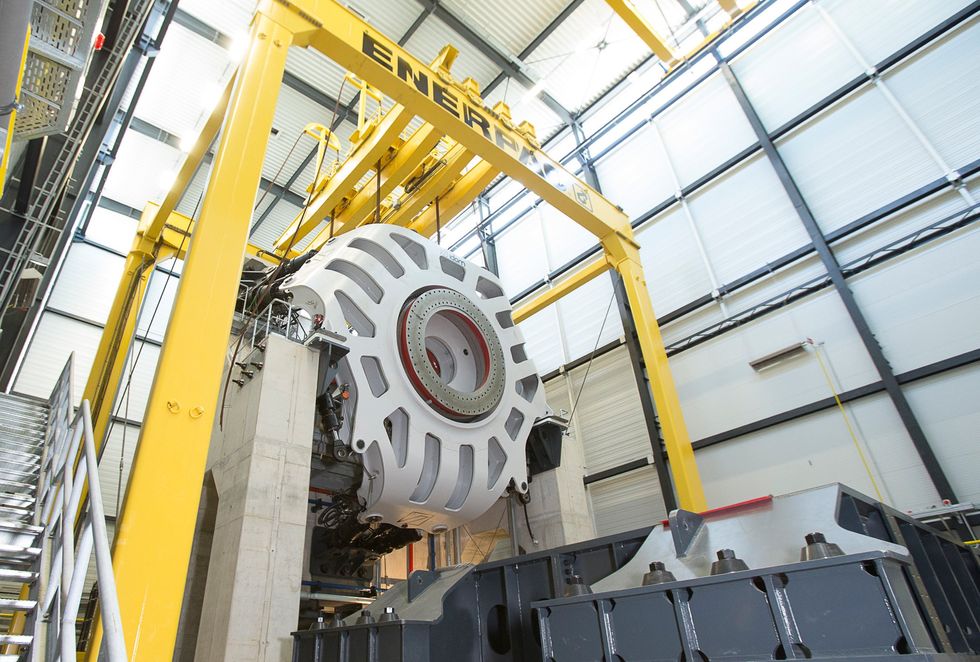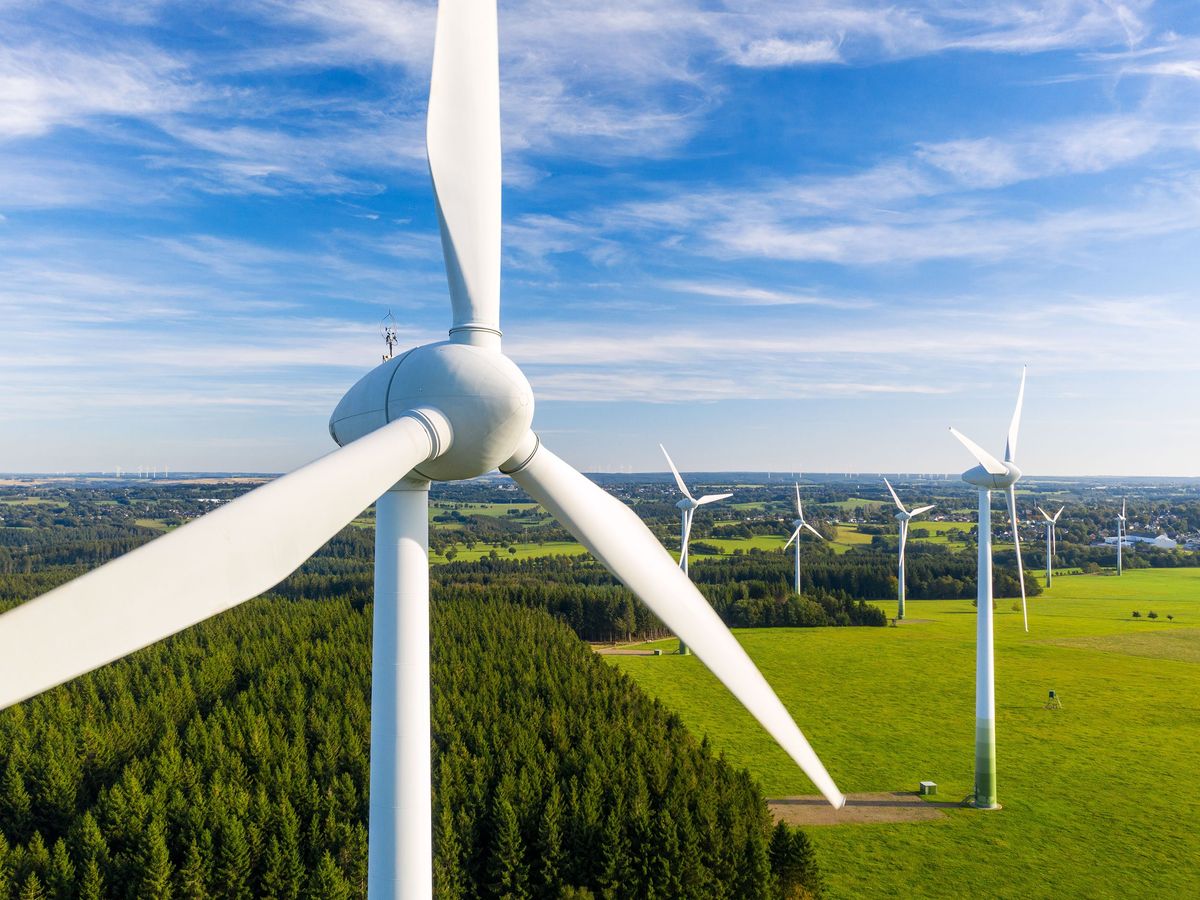This article is part of our exclusive IEEE Journal Watch series in partnership with IEEE Xplore.
Wind turbines are becoming a bigger part of the race toward a greener future—but at the same time, the technology is quickly evolving, which raises questions about how emerging turbine prototypes can be tested quickly and efficiently before they’re hooked up to power grids. A study published in February by a research group in Germany in the journal IEEE Open Journal of Power Electronics outlines four ways to test wind turbines to get them on the grid as fast as possible, with the aim of finding any issues earlier on in the testing phase.
For decades, wind turbines have traditionally undergone extensive testing in the field to ensure they are ready to be actively integrated into a power grid. This approach involves simple testing equipment, but comes with several caveats.
“Field tests have the disadvantage of being dependent on favorable wind and weather conditions, and the tests conducted are only partially reproducible,” says Florian Hans, a research associate with the Power Electronics and Grid Integration Group at the Fraunhofer Institute for Wind Energy Systems (IWES) in Bremerhaven, Germany.

With so many different factors affecting wind turbines—including wind speeds, grid load, and grid voltage—testing them in a more controlled environment offers significant advantages.
Therefore, Hans and his colleagues at Fraunhofer IWES are creating new laboratory testing methods for wind turbines, which allow for more controlled variables and reproducible results. “These advantages result in shorter test campaigns and cost savings,” Hans says, also noting that, in the controlled conditions of a lab, various grid conditions can be simulated based on customer needs, such as changes in voltage, frequency, or grid strength.
The first method that Hans and his colleagues are proposing involves testing how the entire turbine functions in a simulated grid, including the electrical and mechanical parts and their interactions. To support this approach, Fraunhofer IWES is currently commissioning a new grid simulator, called Mobil-Grid, which will be capable of testing a wide range of turbines, onshore and offshore, with up to a power of 20 megawatts and voltages of 20, 33, or 66 kilovolts.
Although not new, a second approach, called nacelle testing, includes simulating wind fields, rotor blades, and the electrical grid, which collectively allows researchers to simulate various wind and grid conditions. As noted in the group’s paper, Fraunhofer IWES has been conducting this type of testing through its DyNaLab (Dynamic Nacelle Testing Laboratory) since 2015.
Lastly, the researchers are using two test-bench methods—one for analyzing wind-turbine subsystems and the other for analyzing individual components. The team’s new component-level test bench, called PQ4Wind, emulates all components except for the wind turbine’s main frequency converter. “The advantages are the lowest installation effort and the highest flexibility, with no influence from other components,” says Hans.
In their paper, the researchers discuss the strengths and limitations of each of these testing approaches. For example, nacelle testing through simulations requires less technology integration when it comes to conducting the final field tests, but there are few facilities that offer such services. The researchers note that, collectively, their approaches could accelerate wind-turbine testing and turbine integration into existing grids and wind farms by catching any issues earlier on, before the wind turbine undergoes its final field test.
Hans says that, currently, field testing to validate new wind-turbine models usually occurs late in the development process—sometimes even after the turbines are commissioned. As a result, errors discovered late in the game can involve additional costs and prolonged timelines. “Given these challenges, approaches that accelerate the entire validation process or enable testing at lower levels are highly appealing to the industry,” Hans says.
- Can Synthetic Inertia from Wind Power Stabilize Grids? ›
- Wind Turbines Just Keep Getting Bigger, But There’s a Limit ›
Michelle Hampson is a freelance writer based in Halifax. She frequently contributes to Spectrum's Journal Watch coverage, which highlights newsworthy studies published in IEEE journals.



